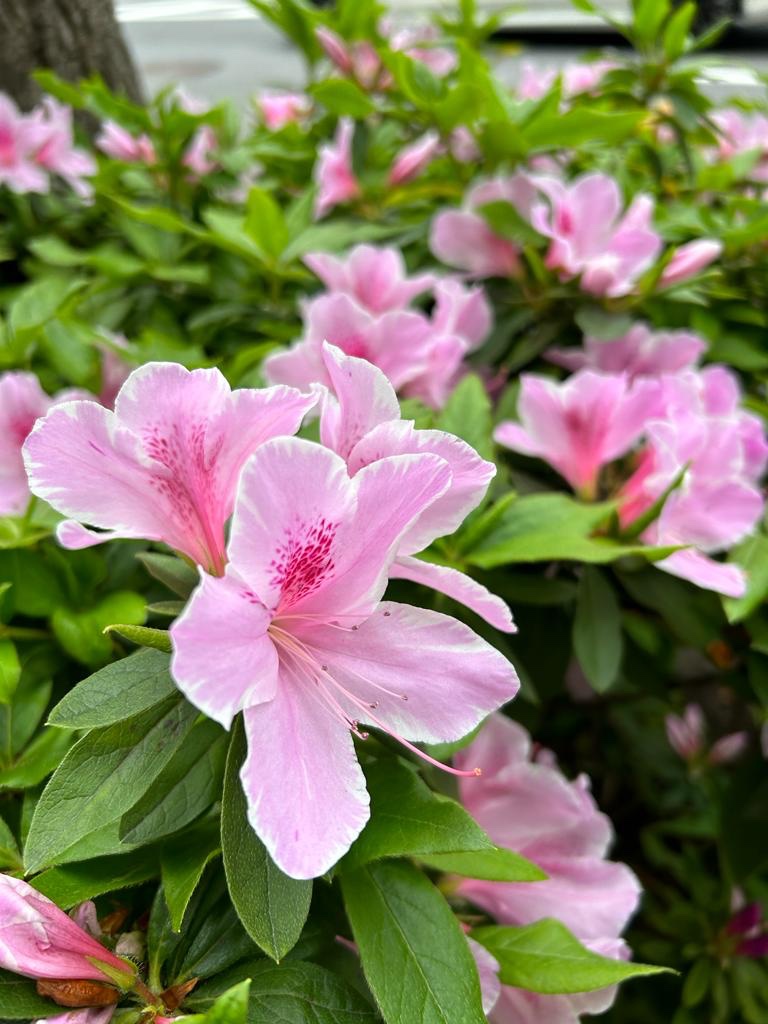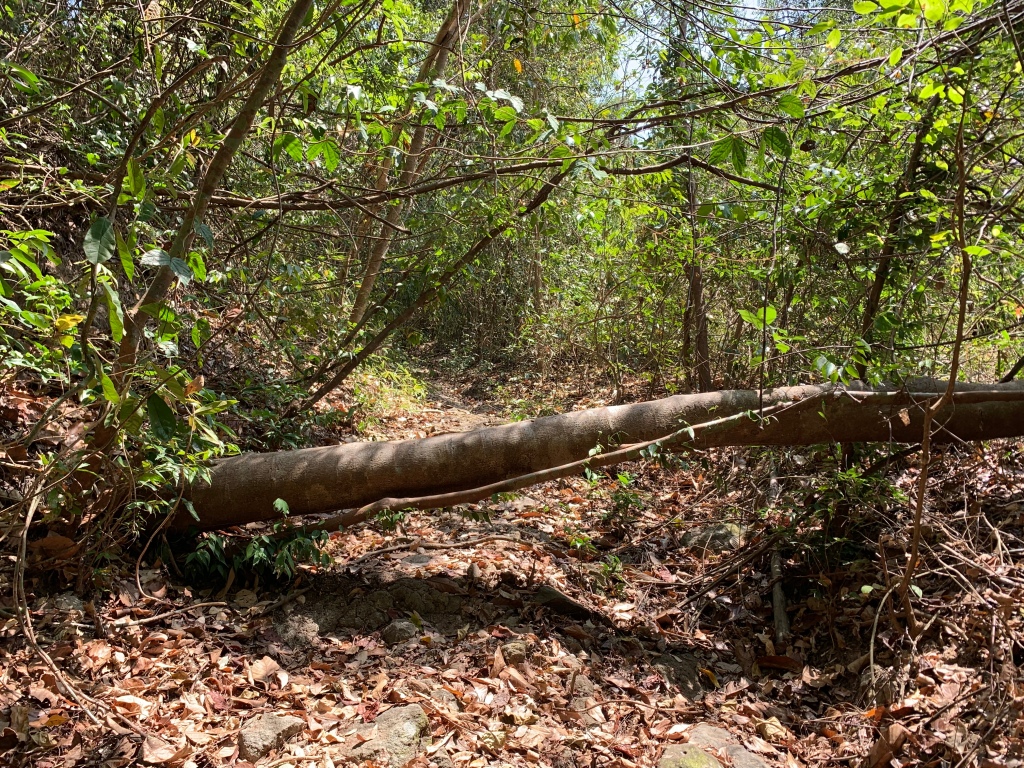A couple of weeks ago, we got up at 4AM on a Sunday morning and drove 188 kilometers (a little over 3 hours) to Subic, Zambales. We have enlisted in MadTravel‘s trek at the Bataan forest of Subic Bay – one of the last thriving rain forests in the Philippines. It was their first official trek with guests on this route and we were quite excited being part of this adventure.
After a quick Jollibee breakfast (we didn’t want to miss the call time), we drove from the Lighthouse Resort Hotel to El Kabayo, where we were welcomed by the elders of the Aetas of Pastolan with homemade Bataan coffee and sweet bananaQ. The aetas, the indigenous people who were the first race who inhabited the Philippines, were awarded ancestral land in Zambales. Five percent of the income of the Subic Bay Metropolitan Authority (SBMA) goes to the aetas. They use this funding for education, health, and providing allowances for their seniors.
As we began to walk through the forest trail, the aeta elders showed us the different trees and plants they use for medicinal and housekeeping purposes. The trees that stood out for me most were the cupang, tangisang bayawak and the lauan trees. These native tropical trees stood tallest among the rest of the trees and filled the path with their shade – hiding birds of different species and beautiful sounds in their canopies.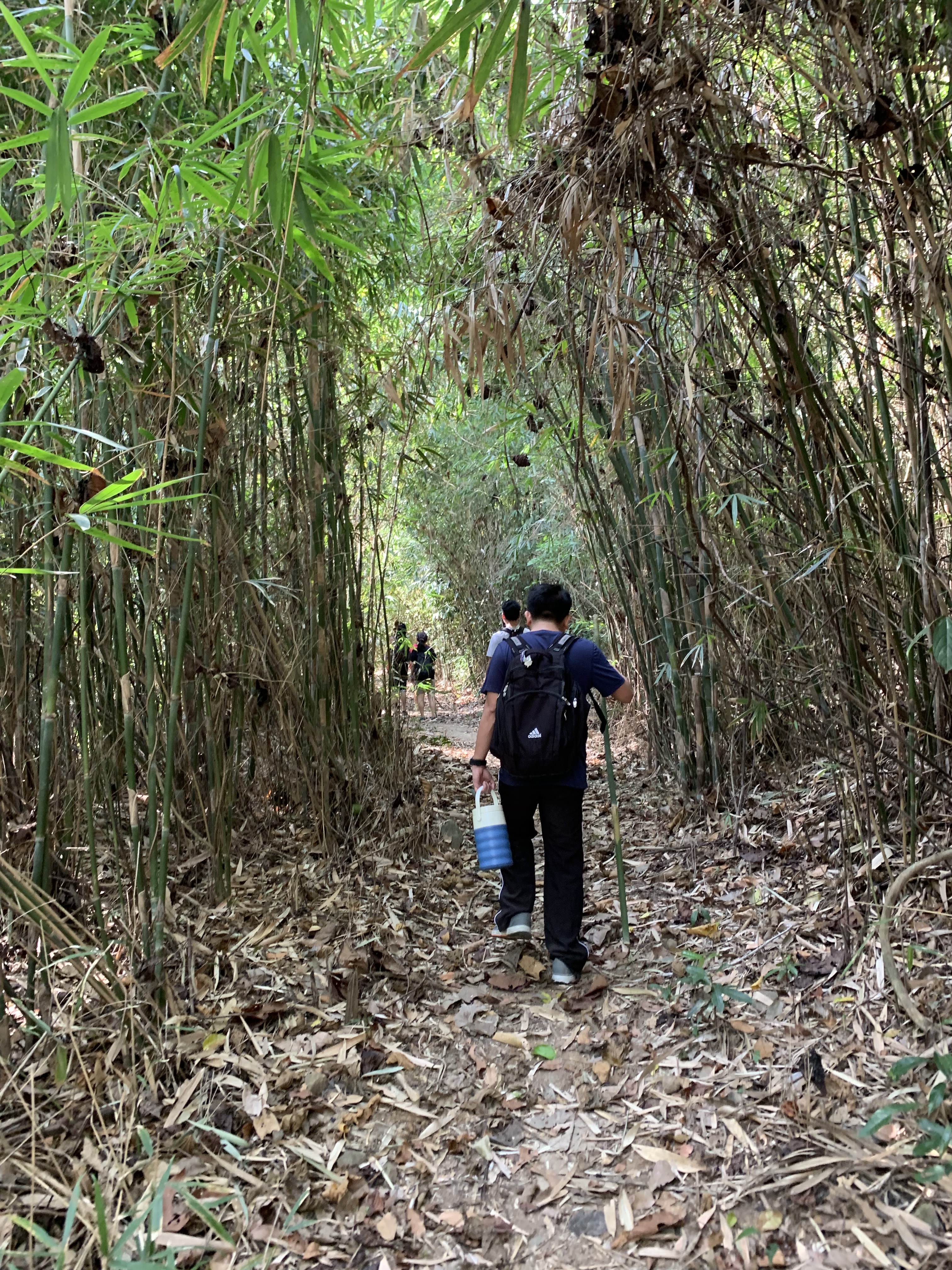
We were told that the cupang tree’s parts had medicinal properties: from its bark, seeds and fruit. The leaves are small and clustered, and when they fall off the trees are quick to decompose, fertilizing the soil around the trees easily.
The tangisang bayawak (Ficus variegata Blume), is called such because of its bark’s smooth texture that lizards are unable to climb the trees at all. The base of the tree are huge, and they remind me of the trees that grew in the temples of Siem Reap.
The lauan, my new favorite tropical tree, produces flowers that are so fragrant. It was a breeze walking under the lauan trees as the scent was very good – it reminds of me potpourri that are sold in shopping malls.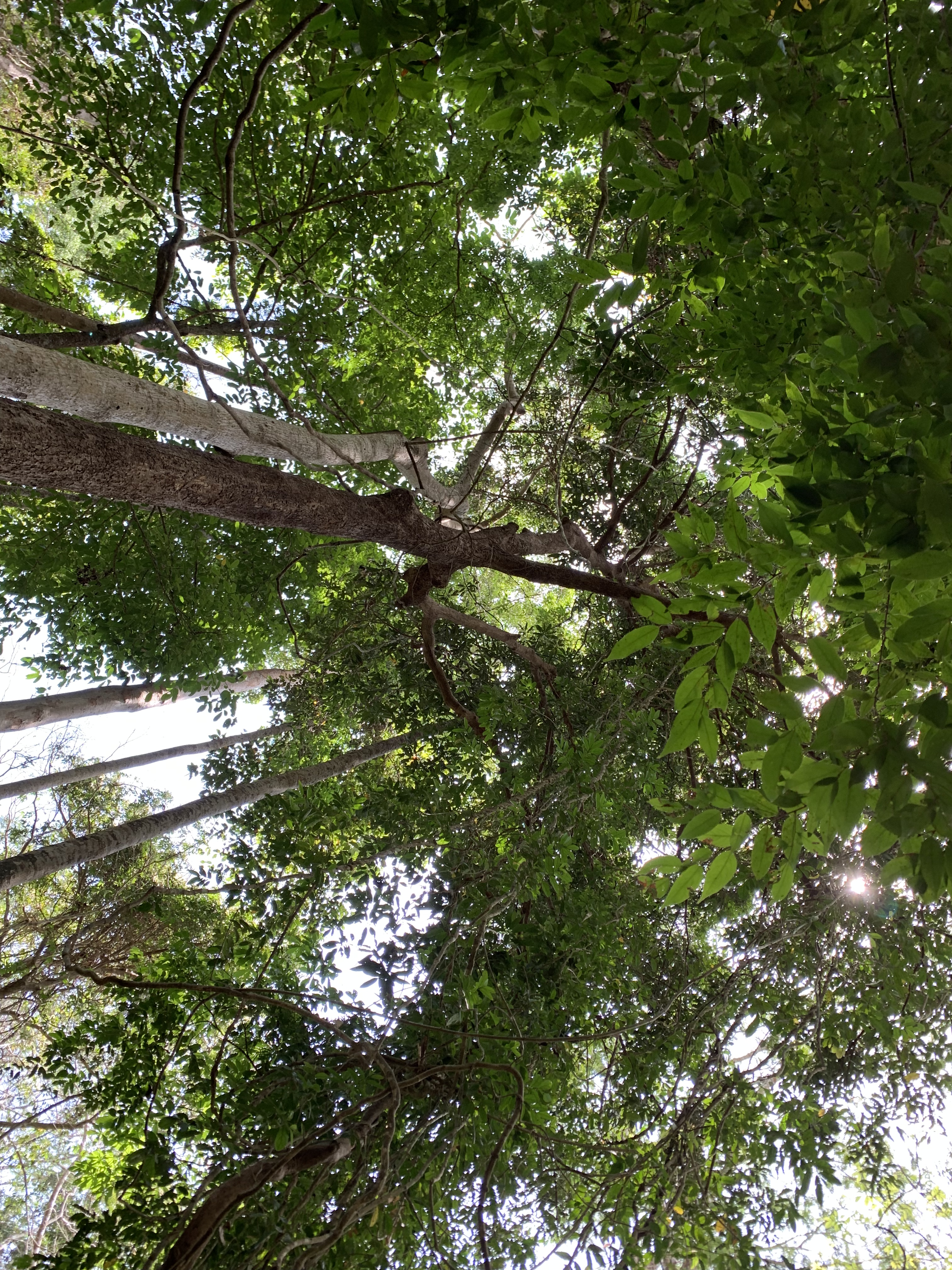
After about an hour, we reached the river and a small falls. Some of the folks in the group took the time to dip into the cool, clear waters. My small group walked up the stream and met some locals and their friendly dog, Lasing. 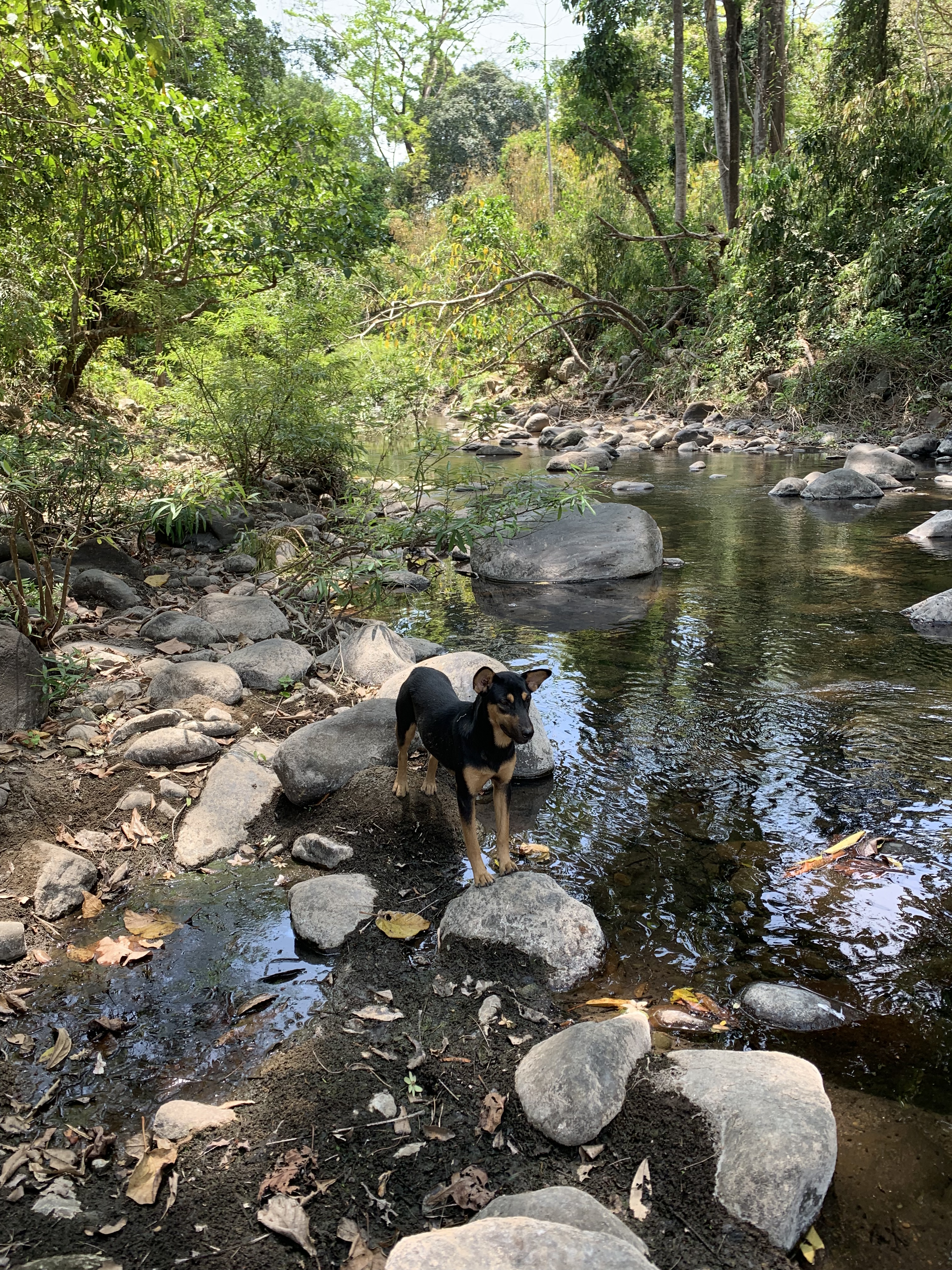
Sitting on the rocks on the stream and gazing up to the green foliage, I saw different colorful birds fly above us. It was at this moment that I said a little prayer of thanks for having been able to see this little piece of heave on earth, and being given the chance to be one with nature.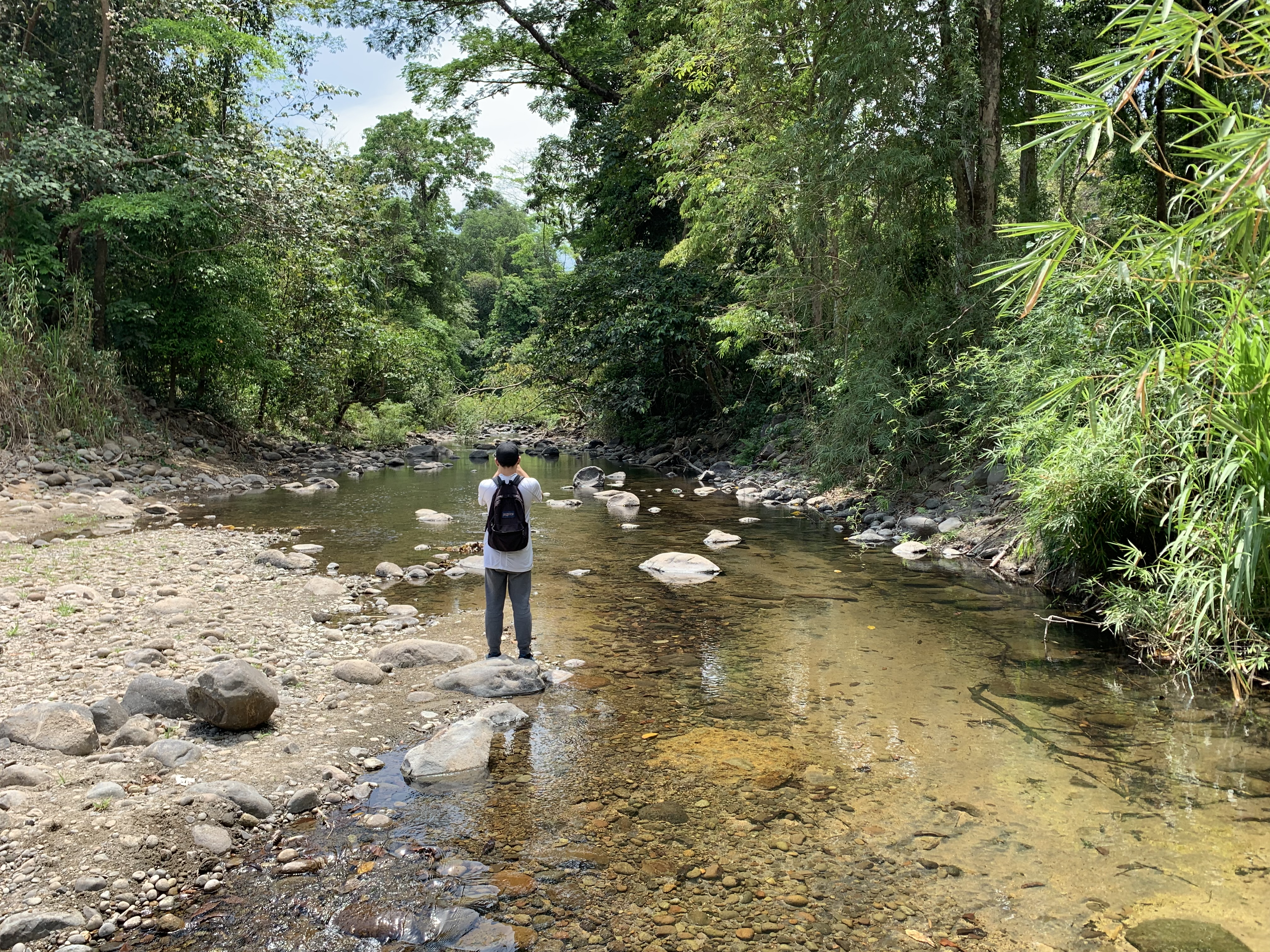
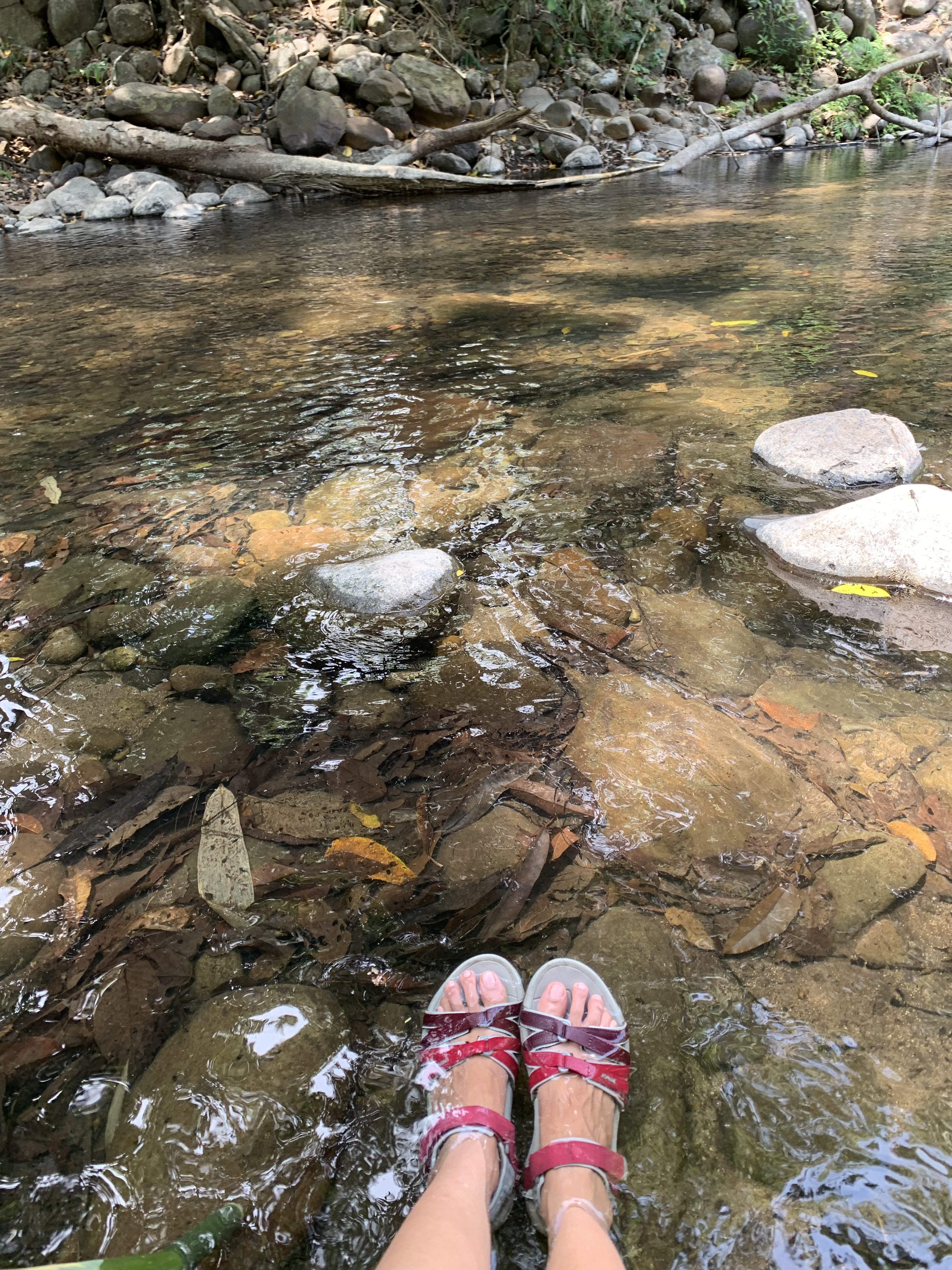
Later on, the elders told stories under mahogany trees that were planted by the army. Mahogany trees are not really friendly to the tropical rain-forest as they consume the nutrients of the soil around them. Notice how there are no plants growing directly under the mahogany trees. I think this is one of the things that environmental organizations like Haribon have been communicating more on during tree-planting volunteering activities to increase the public’s awareness, as most of the trees in Metro Manila urban areas are not native tropical trees and do not really help in propagating rain-forests.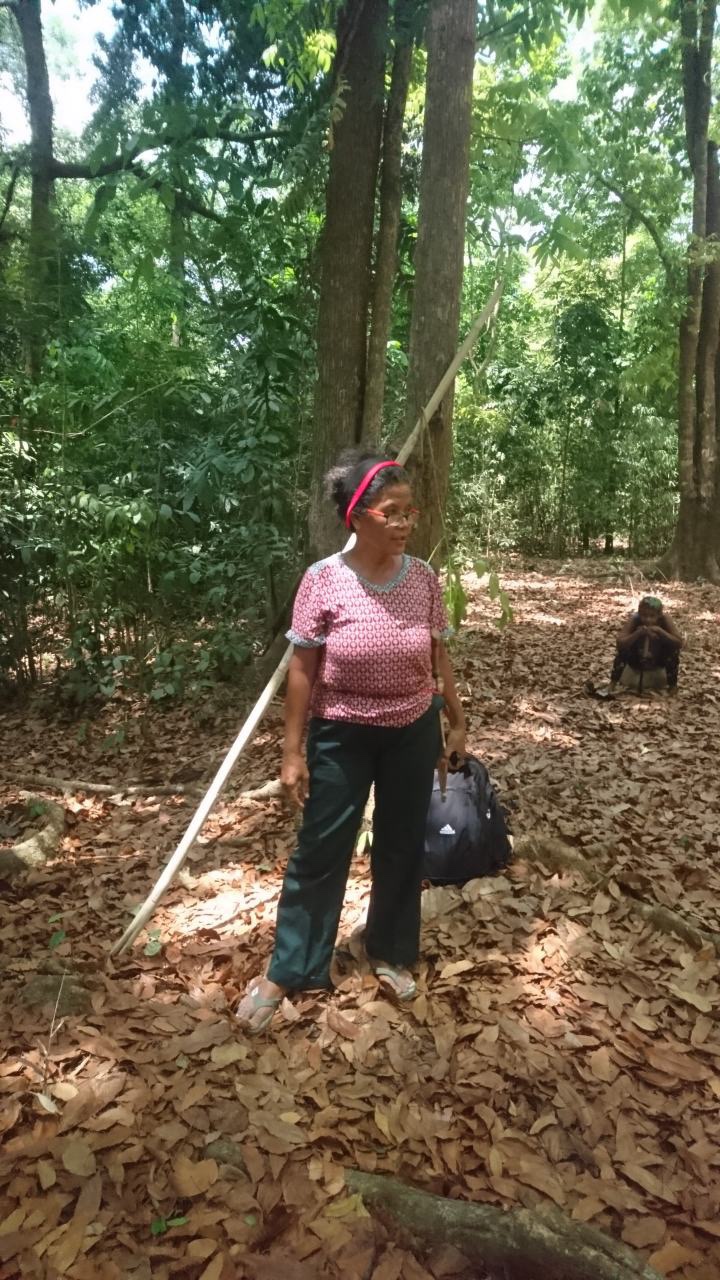
The aetas make their own honey, and D and I had a taste of different sweet varieties: mango, lauan, and pamulaklakin. Because the latter two were so new to us, and to support the local livelihood, we got bottles of lauan and pamulaklakin. Now we are able to enjoy our tea with these sweet varieties of honey.
As we got back to where we started, I reflected on what our generation now can do to be able to preserve these rain forests. I remember when I was a child, whenever I go to our backyard, I can see the mountains of Sierra Madre from afar, and I used to think that if i was able to cross those mountains, at the other side I will get to see my family in the United States (well, that was my then perspective on distance). Now, I am told that the mountains can hardly be seen because of the houses and concrete that block the view.
When we got back to the parking site, we spent another hour planting seeds of tropical trees like rambutan, marang, durian. When these seeds turn into seedlings, the aetas will replant them into the rain-forest so that the biodiversity can be enriched. To date, there is only two percent of rain forests left in the Philippines. The number is shocking, but I believe there is hope – if people become more aware and appreciate the importance of saving our earth – not just for ourselves but for the generations, of different creatures, yet to come.
